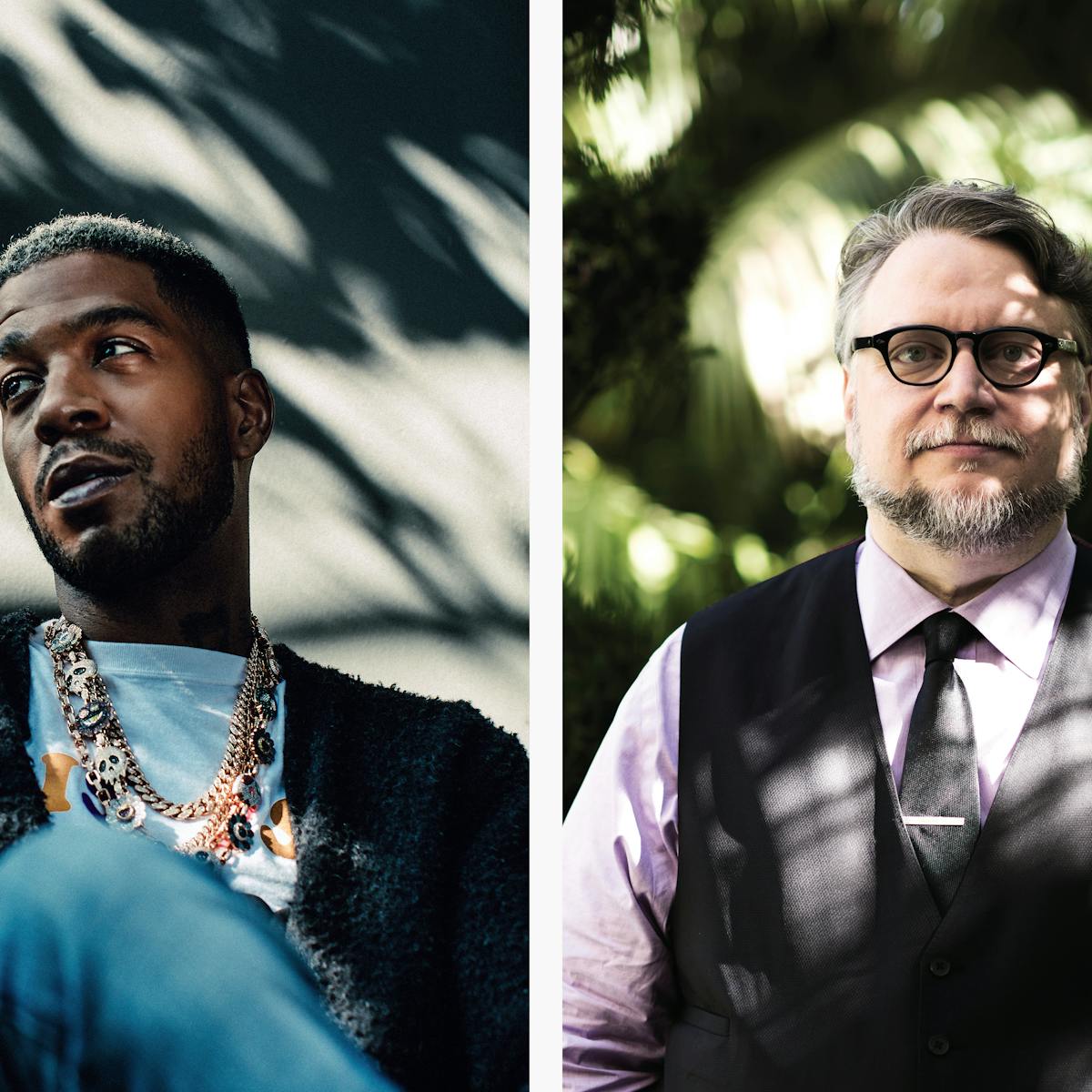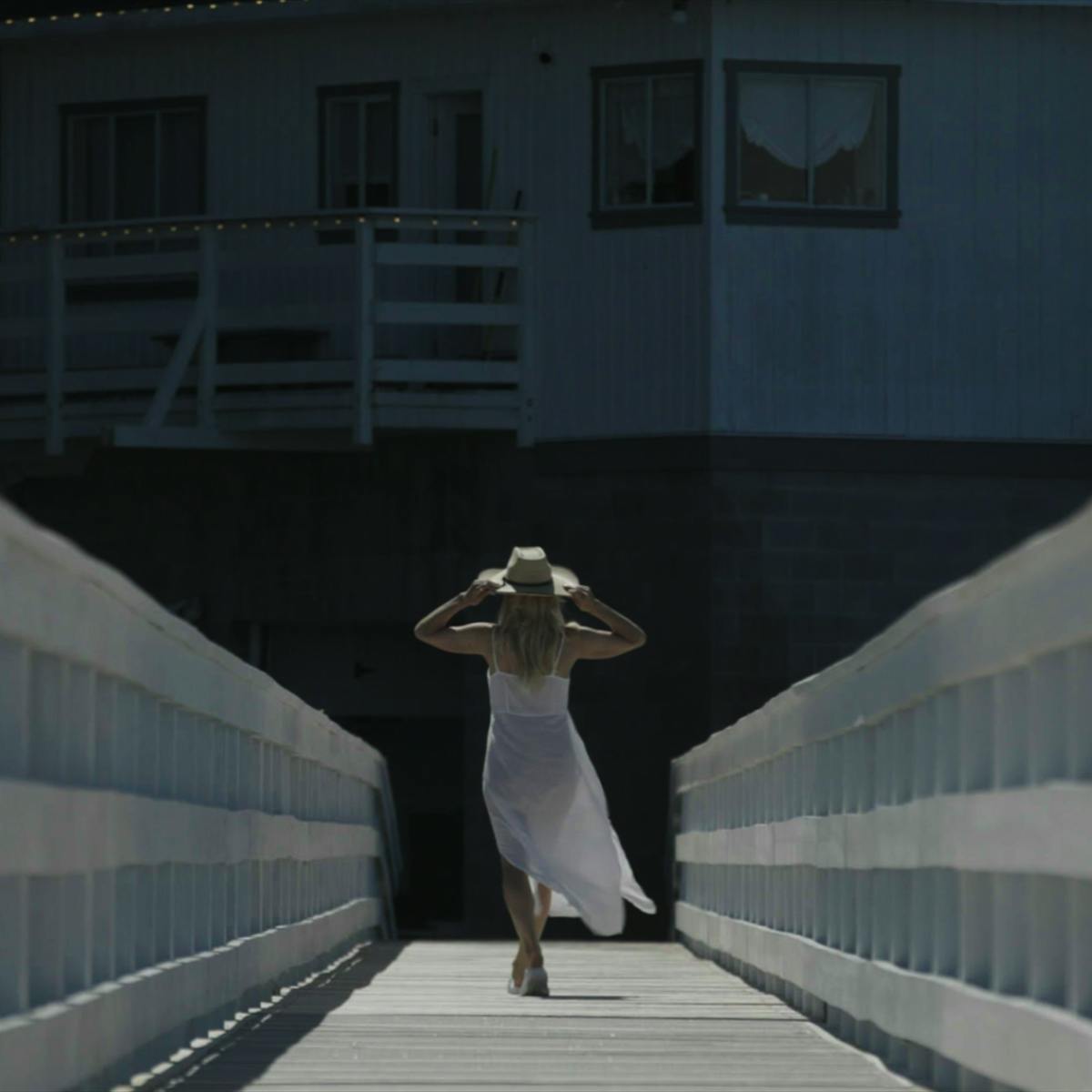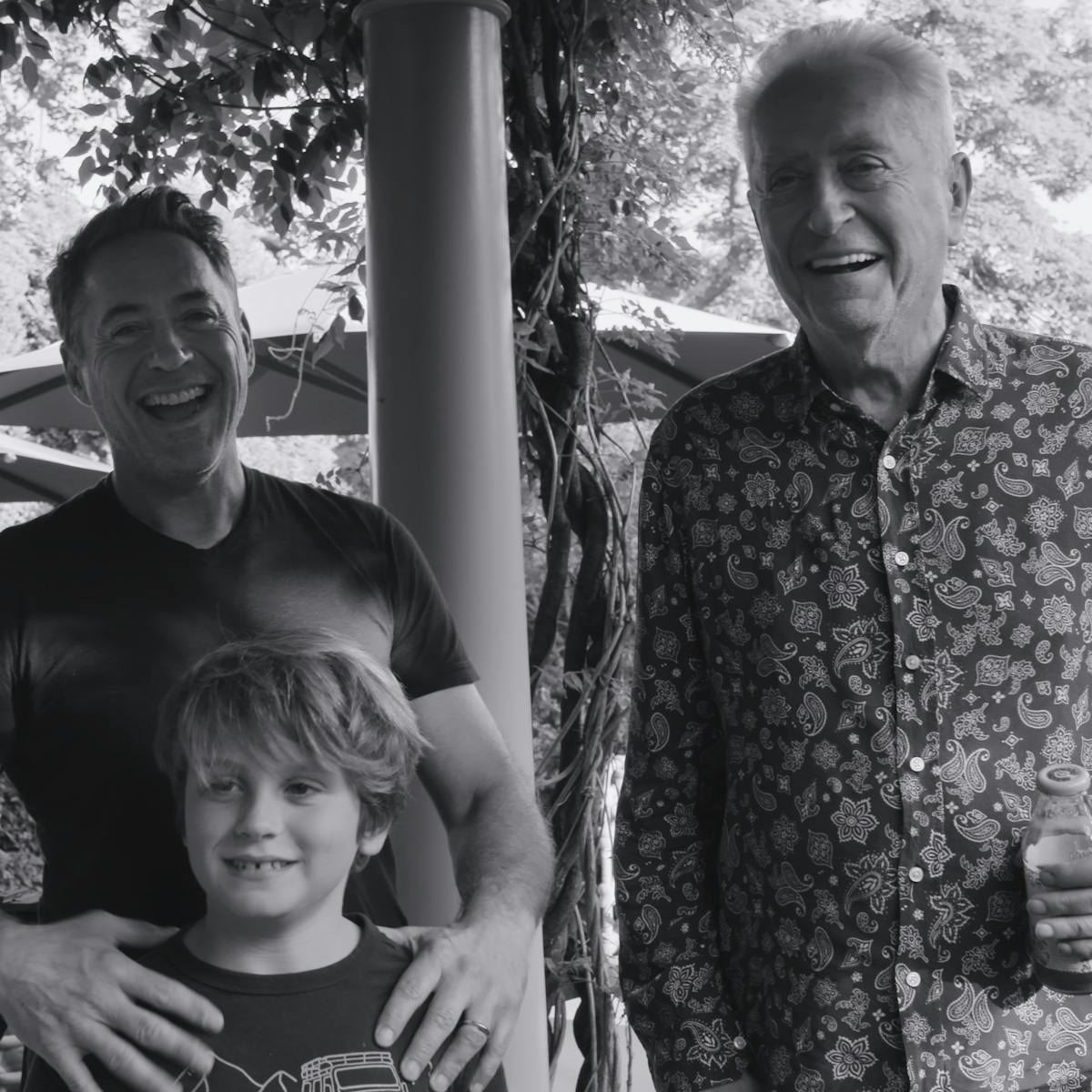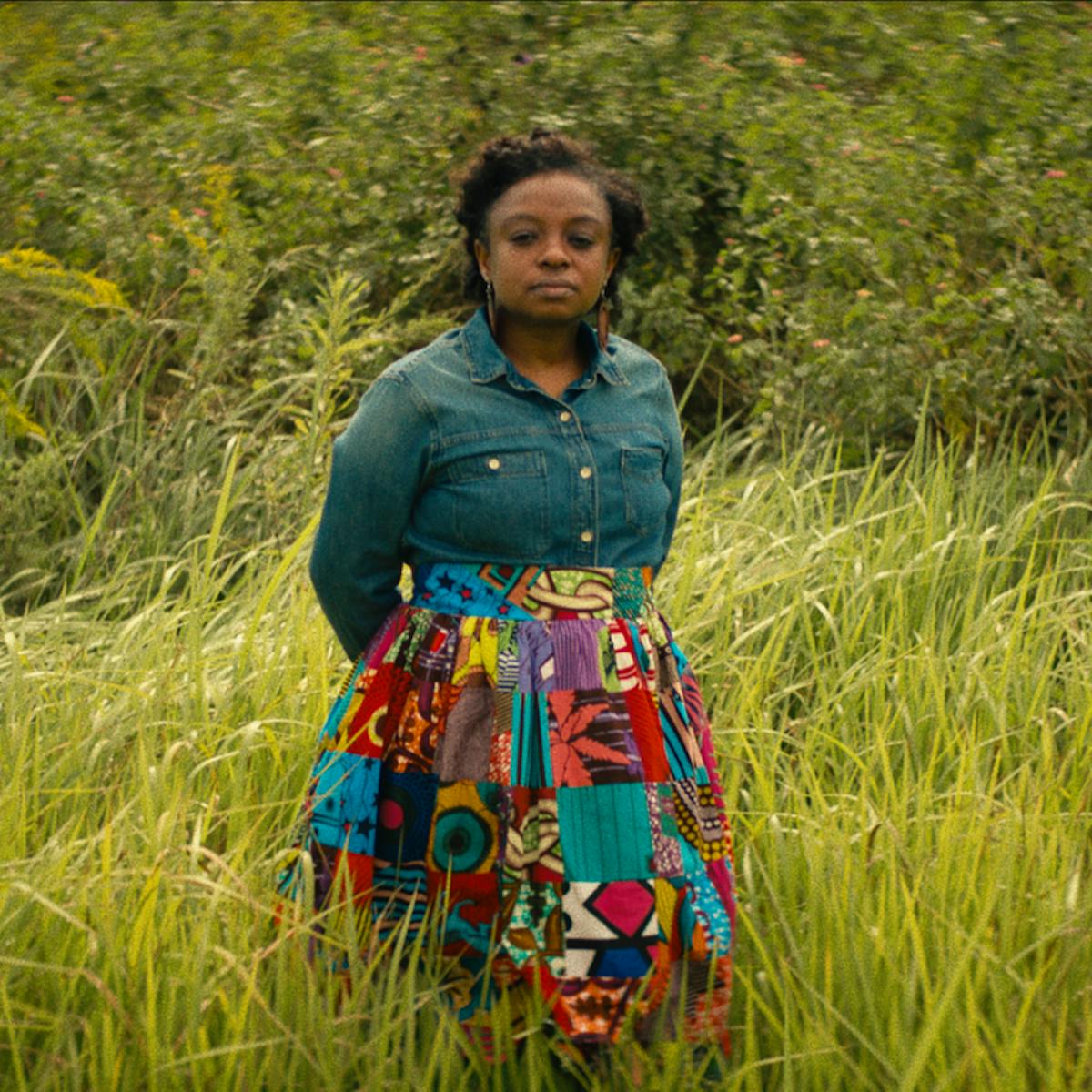Liz Garbus and Dan Cogan, the filmmaking pair behind Harry & Meghan, unpack how they approached telling such a high-profile love story.
Emmy Award-winning and Academy Award-nominated director Liz Garbus (What Happened, Miss Simone?) never intended to embark on a project as daunting as capturing the lives of two of the most famous people in the world. Even though the director “wasn’t a big royal watcher,” as she admitted to an audience at Real to Reel: A Documentary Showcase, “of course, I was intrigued.”
The idea would become Harry & Meghan, a six-part docuseries from Story Syndicate and Archewell Productions that illuminates the real story behind the incendiary headlines, making space for the couple to be vulnerable and honest about their initial courtship and the years that followed. The couple provided Garbus and her team unparalleled access to their personal archive, friends, and family. “People have experienced them through the media, but never directly,” says executive producer Dan Cogan (Icarus). “So how can you do something that feels intimate, that allows them to really express themselves? Creating an environment in which they could be honest [and] we could see things that you would never see in any other context — that was the goal.”
For Garbus and Cogan, exploring the couple’s love story also meant examining how issues surrounding mental health, racism, and colonialism play into their journey. “The challenge was constantly keeping that personal story in conversation with that context, and making those threads weave in an even and balanced way throughout,” explains Garbus. “And that was the opportunity.”
The filmmaking pair and founders of the production company Story Syndicate were joined by writer Jenelle Riley to unpack the narrative goal of the series, how they built trust with two of the most famous people in the world, and the magic of the editing process.
An edited version of the conversation follows.
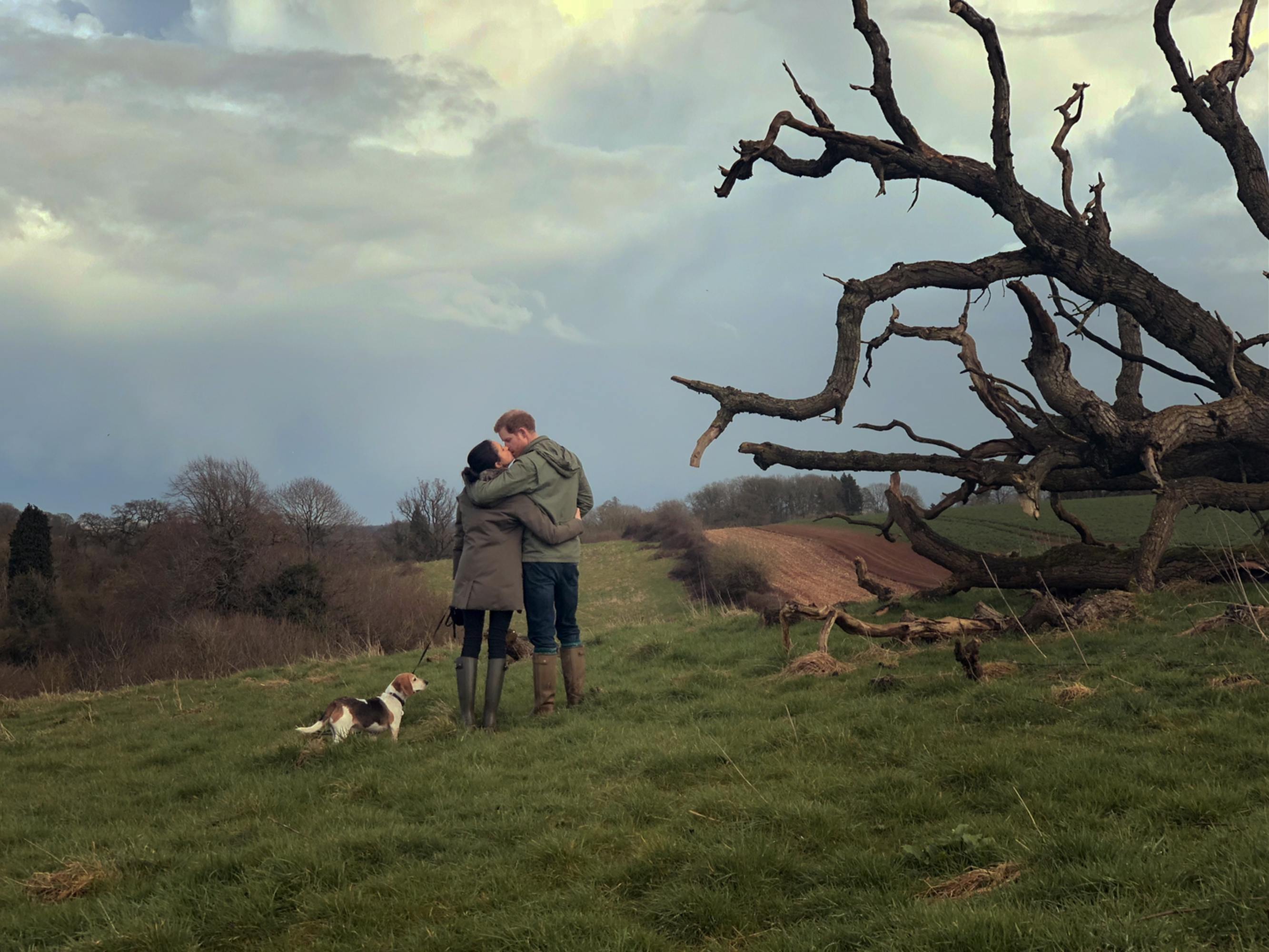
Jenelle Riley: Liz, you have a history of making very powerful, timely documentaries. How did Harry & Meghan come about? Did they already have a project in mind, or did you go to them?
Liz Garbus: I was consulting with Meghan on an animated project that she was ideating on. It was a series about young girls meeting women in history who were inspiring them. After a period of time of working together, Meghan brought up the idea of this project. Of course, I was intrigued. I had not met her husband.
So one of my first questions was, “Well, how does Harry feel? Is this something he wants to do?” When I was able to meet and talk with both of them, and I saw how committed they were to telling this story, and how open to my putting it in a historical context, I felt like there was something really important to say about [their] place in history and the kind of extraordinary currents that their story exposed.
Dan, you and Liz co-founded Story Syndicate in 2019 and you’ve brought us such projects as Fauci and Stolen Youth: Inside the Cult at Sarah Lawrence. What made Harry & Meghan a good fit for this company?
Dan Cogan: We love to make things that feel like they have potential for a large audience and yet at the same time have something really, really important to say about the world that we live in. Harry and Meghan, of course, are extremely recognizable, fascinating figures, and everyone wants to know the true story behind their lives. At the same time, when you open that door, you can explore a lot of issues in English history, particularly race [and] colonialism. We were able to take the story and broaden the lens.
I’m so fascinated by the genre of documentaries because I hear often how you go in expecting one thing and then [your subject] really dictates the story to you sometimes. When you were going into this, what did you set out to achieve? Did it change as you filmed it?
LG: I think with most docs you kind of go in with a plan, and if it’s a good doc, that’s interesting, and it’s going to surprise an audience. Hopefully, it also surprises you as you’re going through it. So it’s an ever-changing organism. We knew that there were important things to hit, important questions to be asked and explored, psychological topics to be explored, but we were always surprised.
One thing that the couple talked about very early on was their love story. There was so much archive that they had, so many stories they hadn’t yet shared, that that could be a really rich and delicious part of the storytelling, and that was certainly all new to me. And when they were able to share their archive, it would give us different ideas about places to go, avenues to explore. It’s constantly a process of discovery, almost like a little treasure hunt. You find out one thing and then it leads you to the next. That’s really the fun of getting deeply into these stories in the way that long-form documentary filmmaking, supported by places like Netflix, allows you to do.
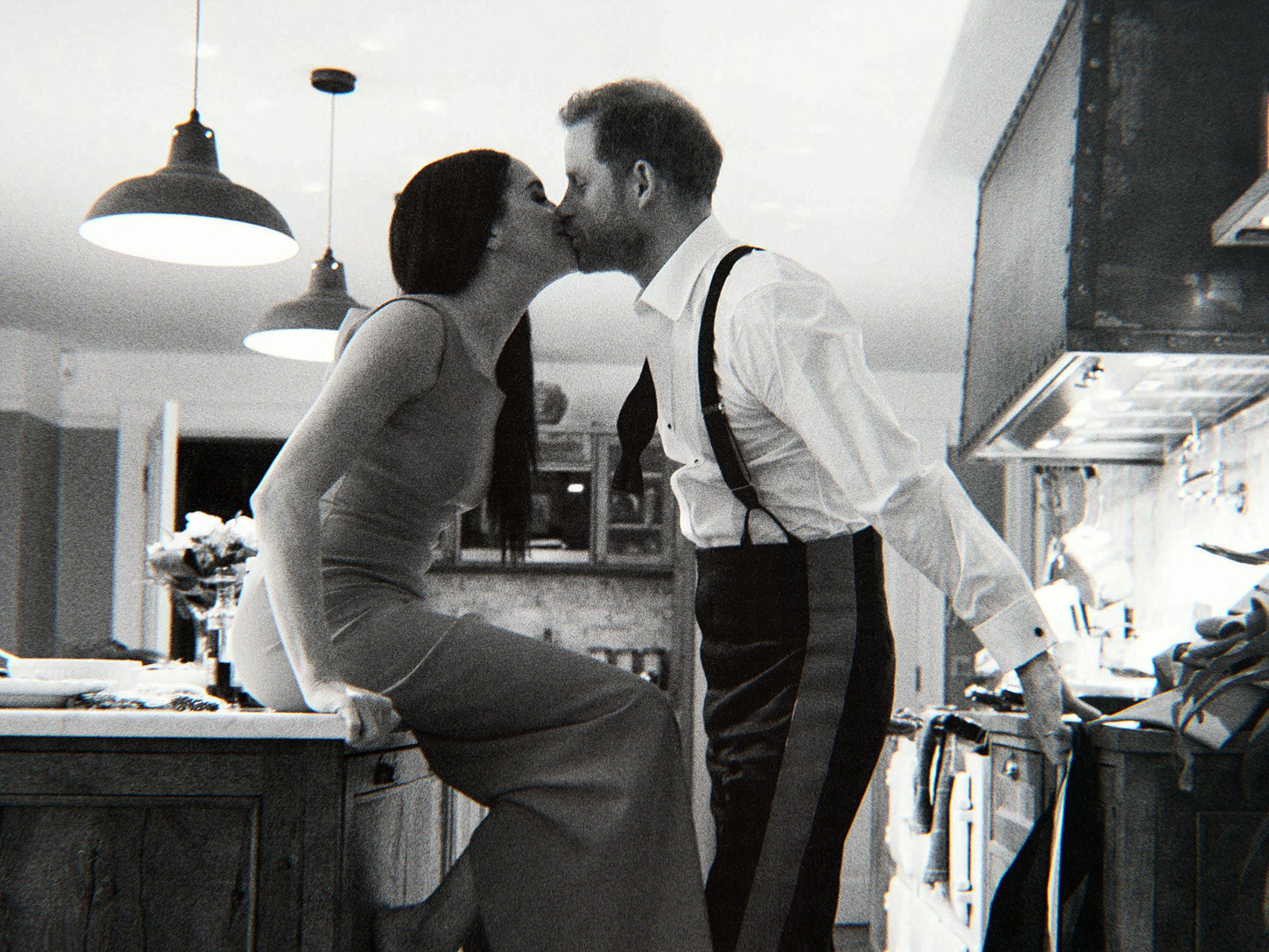
Just logistically, can you talk about the actual shooting process?
LG: The process was about a year, which is actually fast. It was a rich and deep project that was constantly changing. Over time as trust built, we got more and more material, so we wanted to take advantage of the best stuff. We were always responding to those opportunities as time went on.
I really want to talk about building that trust because it’s not just limited to this, it’s in all your films. I feel that your subjects, they’re collaborators in many ways. How do you go about building that trust? Is it something that just takes time?
LG: It definitely takes time. When you watch long-form documentaries, they’re not made in a month or two. And I think that’s the difference between what we get to do as documentarians versus a magazine show that goes on a weekly basis. And I think it’s about listening. Oftentimes when you’re making films like this, you’re dealing with people who are unearthing trauma in their lives, or going through trauma in their lives. It’s about empowering them, knowing that when we’re sitting together. Yes, I might ask those questions, [but] they can take time, they can pull the plug if they need to then come back. There’s never a gotcha moment, but at the same time, we’re going to ask hard questions and try to get to the heart of the matter. So I think it’s just that human relationship that one builds.
What was the biggest challenge in this project for each of you?
DC: I would say for me it was the speed at which we had to work, and the volume of material. Making six hours meant we were running six different producers working for Liz with six different editing rooms and we were working nonstop. We had people in London, and we had people in New York, and we had people in L.A. It was an enormous train to manage and to create one united vision out of all of that. That’s what Liz did so well. I think you watch that series, you feel like it was made by one brain, and that’s what she was able to do running all of these different people, and that’s very tough.
Did you go into this project with certain preconceived ideas or things that you thought about the royal family, and did it change at all?
LG: I watched The Crown, but I really didn’t have a lot of preconceived notions about this couple or this family. It wasn’t a story I followed really closely. And when you ask for the challenges, there’s so much noise about the couple. So I’d be sitting there and I would read something like, “Oh, New York Post says they’re moving.” And then I’m like, “Oh, that’s an interesting scene. Maybe we should shoot that.” And then it’s like, “They’re totally not moving.” There’s so much noise out there.
How much of the series is found in editing? I feel like editing is where you can make so many different choices, or choose to change the whole setup if you want to.
LG: In doc filmmaking, distinct from scripted, the editing room is so creative. You can [say], “I’m going to take the beginning of Episode 2 and throw it in the middle of Episode 3, see what that does.” There’s just so much balancing that you could do. At the end of the day, you really can do so much with chronology and timeline, and you have to just follow your gut about what works best.

